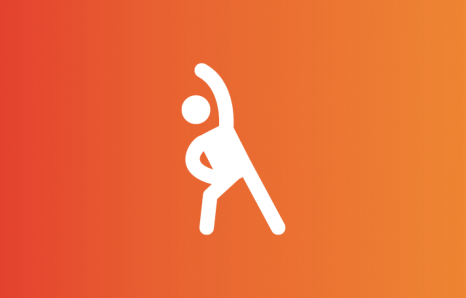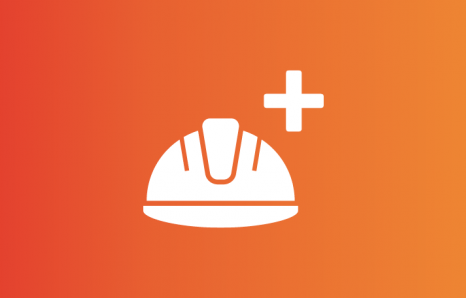It may be microscopic in size, but dust can pose a big risk to our health. Hear from Steve Perkins, who aims to improve our understanding of how we can control health risks through occupational hygiene – especially the challenge of dust.
You may also be interested in:

Warm-up routine for shift work
Join Andy Picken as he demonstrates easy exercises to incorporate before or during your shift. Experience the benefits of simple Personal Protective Exercises (PPE) designed to boost your energy and ease your workday. This warm-up routine will help you stay active, reduce fatigue, and improve overall wellbeing, making your shift work more manageable and less physically taxing. Enhance your daily performance with these effective and accessible exercises.

Building a peer-to-peer support network in your organisation
Nick Baddeley, Louise Mears and Fran Garvey-Fereday discuss the development, challenges, and implementation of a ‘Wellbeing Ambassador’ network within Network Rail. Based on their own experiences, they deliver a best-practice guide for all.

Occupational hygiene within the rail industry: What can it do for you?
Too often we measure our exposure to harm only after that harm has happened. The RWA Occupational Hygiene Management Group talks about how it’s time for a new, proactive strategy, that helps us to avoid risks, ultimately to improve quality of life for our colleagues.